通过前面栈和队列的学习,现在来看这些算法题目
一、有效的括号
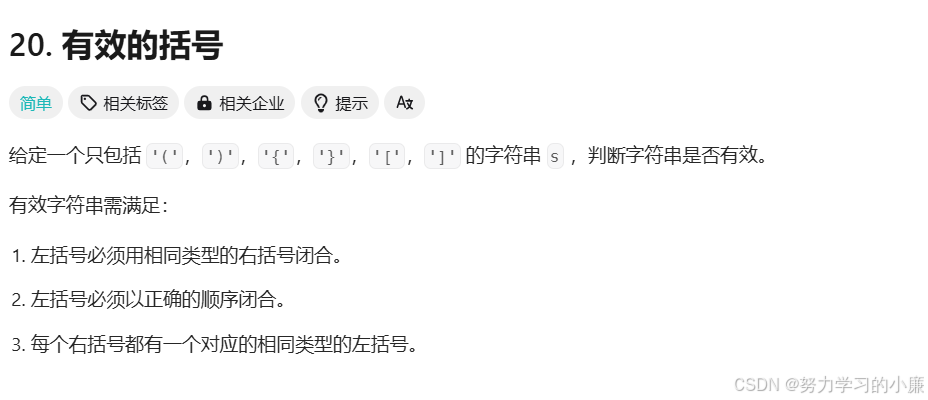
本题让判断括号是否有效
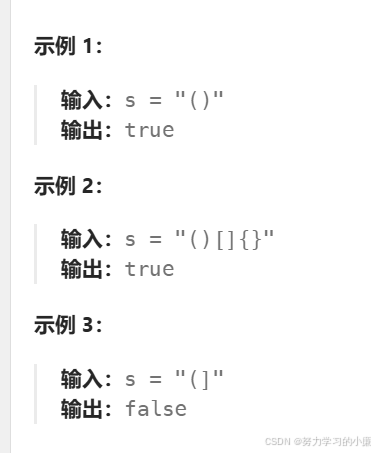
第一眼看可能没一点思路,但仔细分析一下;
我们学习过栈数据结构,知道栈先进后出的原则,那我们就可以使用啊;把题目的左括号存储起来,让右括号跟左括号一一比较。
思路:
遍历字符串,遇到左括号就括号入栈,遇到右括号就与栈顶数据进行对比,如果配对就继续;如果不配对,就返回false
画图分析:
 现在有这样的括号字符串
现在有这样的括号字符串
遍历字符串,第一个是 { 左括号,就入栈
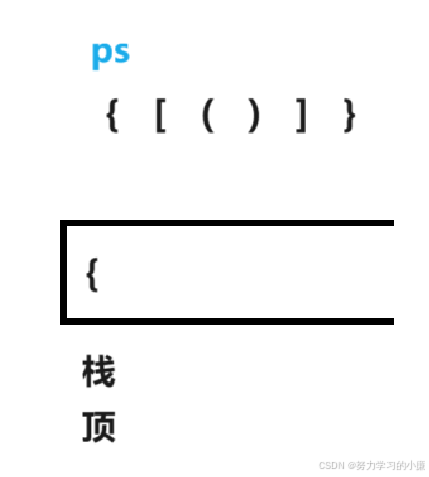
ps接着遍历, [ 依然是左括号,入栈
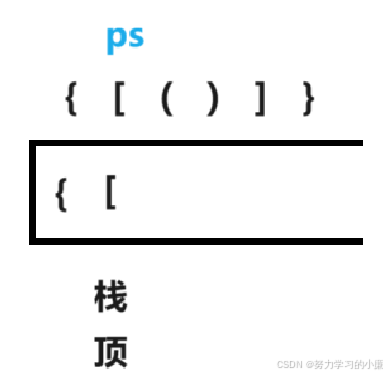
ps接着遍历, ( 还是左括号,入栈
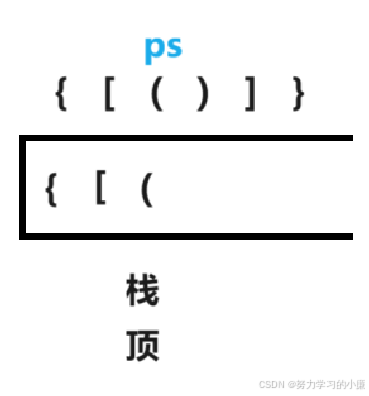
ps接着遍历, ) 是右括号,与栈顶数据进行比较,括号匹配,出栈
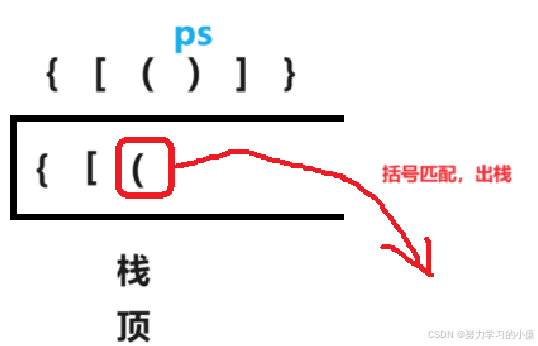
ps接着遍历, ] 是右括号,与栈顶数据比较,括号匹配,出栈
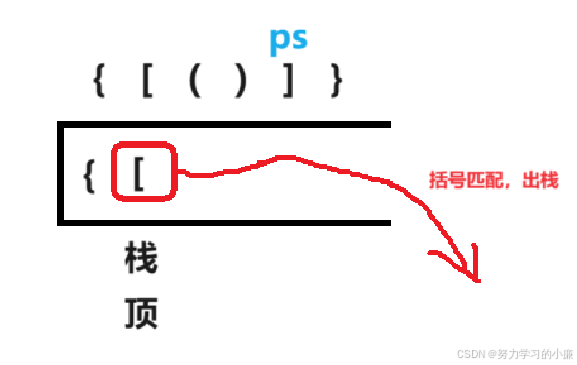
ps接着遍历, } 是右括号,与栈顶数据进行比较,括号匹配,出栈
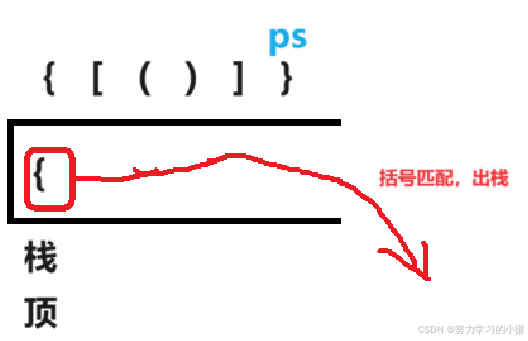
ps遍历完字符串,再判断栈是否为空?如果为空,就代表所以括号都匹配了;如果栈不为空,括号就不匹配。
此外,再遍历过程中,有依次括号不匹配就要直接返回false
力扣题代码如下:
typedef char stype;
typedef struct stack {
stype* arr;
int size; // 栈顶
int num; // 空间大小
} stack;
// 初始化
void stinit(stack* ps) {
assert(ps);
ps->arr = null;
ps->size = ps->num = 0;
}
// 判断栈是否为空
bool stempty(stack* ps) {
assert(ps);
return ps->size == 0;
}
// 入栈
void stpush(stack* ps, stype x) {
assert(ps);
// 判断空间大小是否足够
if (ps->num <= ps->size) {
int newnum = (ps->num == 0) ? 4 : 2 * ps->num;
stype* tmp = (stype*)realloc(ps->arr, newnum * sizeof(stack));
if (tmp == null) {
perror("realloc filed");
exit(1);
}
ps->arr = tmp;
ps->num = newnum;
}
ps->arr[ps->size++] = x;
}
// 出栈
void stpop(stack* ps) {
assert(ps); // 不能传null
assert(!stempty(ps)); // 栈不能为空
ps->size--;
}
// 取栈顶数据
stype sttop(stack* ps) {
assert(ps); // 不能传null
assert(!stempty(ps)); // 栈不能为空
return ps->arr[ps->size - 1];
}
// 获取栈中数据个数
int stsize(stack* ps) {
assert(ps);
return ps->size;
}
// 栈的销毁
void stdestroy(stack* ps) {
assert(ps);
if (ps->arr)
free(ps->arr);
ps->arr = null;
ps->size = ps->num = 0;
}
bool isvalid(char* s) {
stack arr;
// 初始化
stinit(&arr);
char* ps = s;
while (*ps != '\0') {
if (*ps == '(' || *ps == '[' || *ps == '{') {
// 入栈
stpush(&arr, *ps);
} else {
// 取栈顶数据
if (stempty(&arr)) {
return false;
}
char ch = sttop(&arr);
if ((ch == '(' && *ps == ')') || (ch == '[' && *ps == ']') ||
(ch == '{' && *ps == '}')) {
stpop(&arr);
} else {
return false;
}
}
ps++;
}
if (stempty(&arr)) // 栈为空
{
return true;
}
return false;
}
二、用队列实现栈
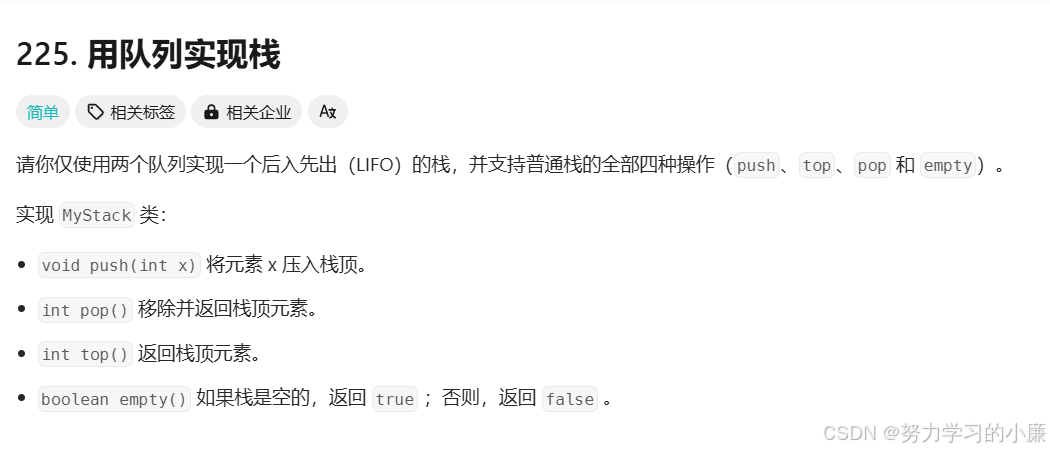
使用队列来实现栈,我们直到,队列是先进先出,而栈是先进后出。这里我们需要用两个队列来实现栈的相关操作
思路:
保证两个队列中有一个为空,再两个队列之间来回导入导出数据。
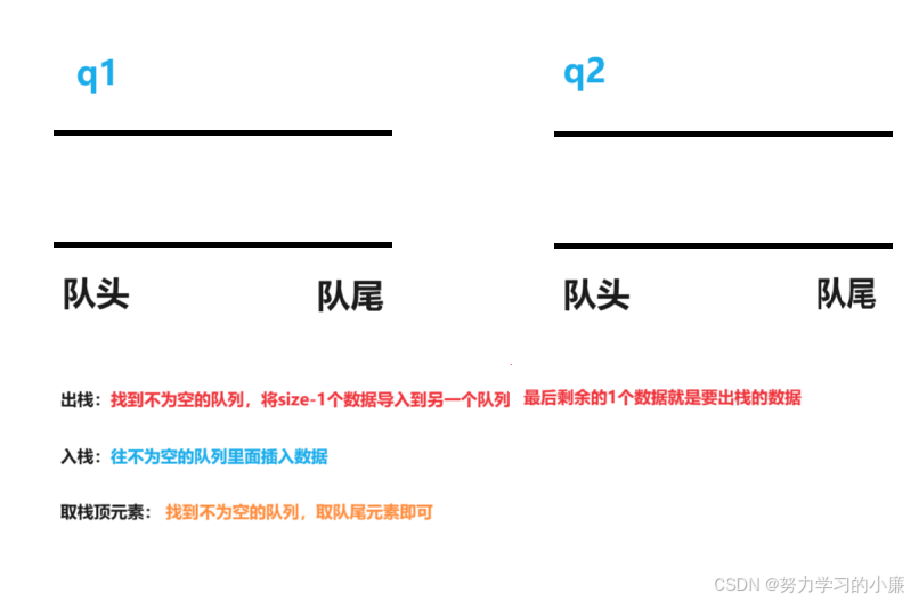
假设依次插入了1,2,3三个数据,现在要出栈
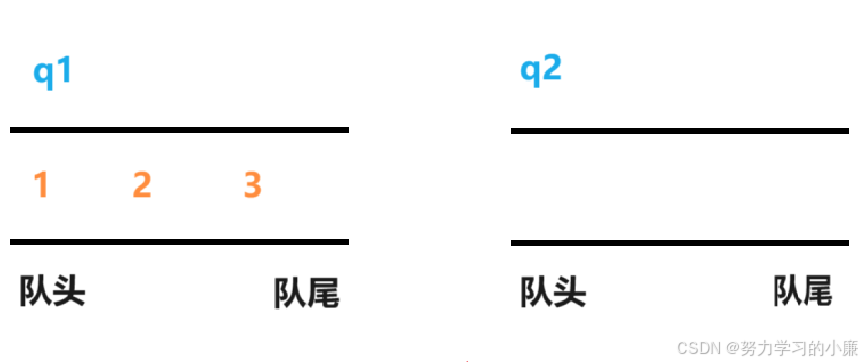
将q1中数据size-1(2个)导入到q2中。

现在q1当中剩余的数据就是要出栈的数据(即栈顶)。这样就满足了栈先进先出的特点。
力扣题代码如下:
typedef int qtype;
typedef struct queuenode // 队列节结构
{
qtype data;
struct queuenode* next;
} queuenode;
typedef struct queue // 队列结构
{
int size; // 队列中的数据个数
queuenode* phead; // 队头
queuenode* ptial; // 队尾
} queue;
// 初始化
void queueinit(queue* pq) {
assert(pq);
pq->phead = pq->ptial = null;
pq->size = 0;
}
// 判断队列是否为空
bool queueempty(queue* pq) {
assert(pq);
return pq->size == 0;
}
// 入队列--从队尾插入数据
void queuepush(queue* pq, qtype x) {
assert(pq);
queuenode* newnode = (queuenode*)malloc(sizeof(queuenode));
newnode->data = x;
newnode->next = null;
if (queueempty(pq)) // 队列为空
{
pq->phead = pq->ptial = newnode;
} else { // 队列不为空
pq->ptial->next = newnode;
pq->ptial = newnode;
}
pq->size++;
}
// 出队列--从对头删除数据
void queuepop(queue* pq) {
assert(pq); // 不能传null
//assert(!queueempty(pq)); // 队列不能为空
queuenode* del = pq->phead;
pq->phead = pq->phead->next;
if (pq->size == 1) // 队列只有一个节点
{
pq->ptial = null;
}
pq->size--;
free(del);
del = null;
}
// 取队头数据
qtype queuefront(queue* pq) {
assert(pq); // 不能传null
//assert(!queueempty(pq)); // 队列不能为空
return pq->phead->data;
}
// 取队尾数据
qtype queueback(queue* pq) {
assert(pq); // 不能传null
//assert(!queueempty(pq)); // 队列不能为空
return pq->ptial->data;
}
// 获取队列数据个数
int queuesize(queue* pq) {
assert(pq); // 不能传null
return pq->size;
}
// 销毁队列
void queuedestroy(queue* pq) {
assert(pq); // 不能传null
//assert(!queueempty(pq)); // 队列不能为空
queuenode* pcur = pq->phead;
while (pcur) {
queuenode* del = pcur;
pcur = pcur->next;
free(del);
del = null;
}
pq->phead = pq->ptial = null;
pq->size = 0;
}
typedef struct {
queue q1;
queue q2;
} mystack;
mystack* mystackcreate() {
mystack* qst = (mystack*)malloc(sizeof(mystack));
queueinit(&qst->q1);
queueinit(&qst->q2);
return qst;
}
void mystackpush(mystack* obj, int x) {
// 往不为空的队列中插入数据
if (queueempty(&obj->q1)) {
queuepush(&obj->q2, x);
} else {
queuepush(&obj->q1, x);
}
}
int mystackpop(mystack* obj) {
// 先找到不为空的队列
queue* empq = &obj->q1;
queue* noneq = &obj->q2;
if (!(queueempty(&obj->q1))) // 如果q1不为空
{
empq = &obj->q2;
noneq = &obj->q1;
}
//empq -- 空队列
//noneq -- 非空队列
while(queuesize(noneq) > 1) {
// 将noneq队列的数据导入到empq中去
queuepush(empq, queuefront(noneq));
queuepop(noneq);
}
int ret = queuefront(noneq);
queuepop(noneq);
return ret;
}
int mystacktop(mystack* obj) {
if(queueempty(&obj->q1))
{
return queueback(&obj->q2);
}else{
return queueback(&obj->q1);
}
}
bool mystackempty(mystack* obj) {
return queueempty(&obj->q1) && queueempty(&obj->q2);
}
void mystackfree(mystack* obj) {
free(obj);
obj = null;
}三、用栈实现队列

上一个题让我们用队列来实现栈,这个用两个栈来实现队列。
定义两个栈
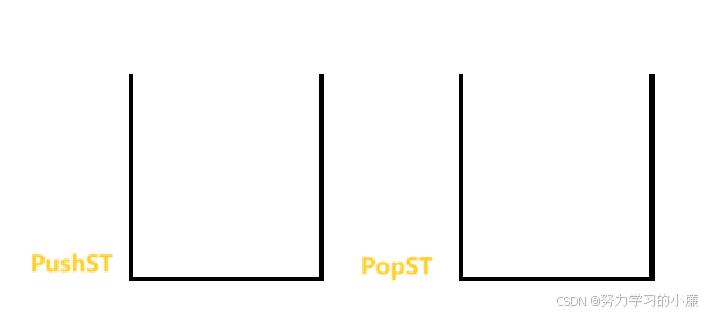
思路:
往pushst中插入数据,再将数据导入到popst中,出栈即可;
分析:
假设依次插入了1,2,3三个数据,现在出栈一次,再插入一个数据4,最后取队头数据,依次出栈。

出栈一次,popst为空,就将pushst中数据导入到popst中去。
依次导入
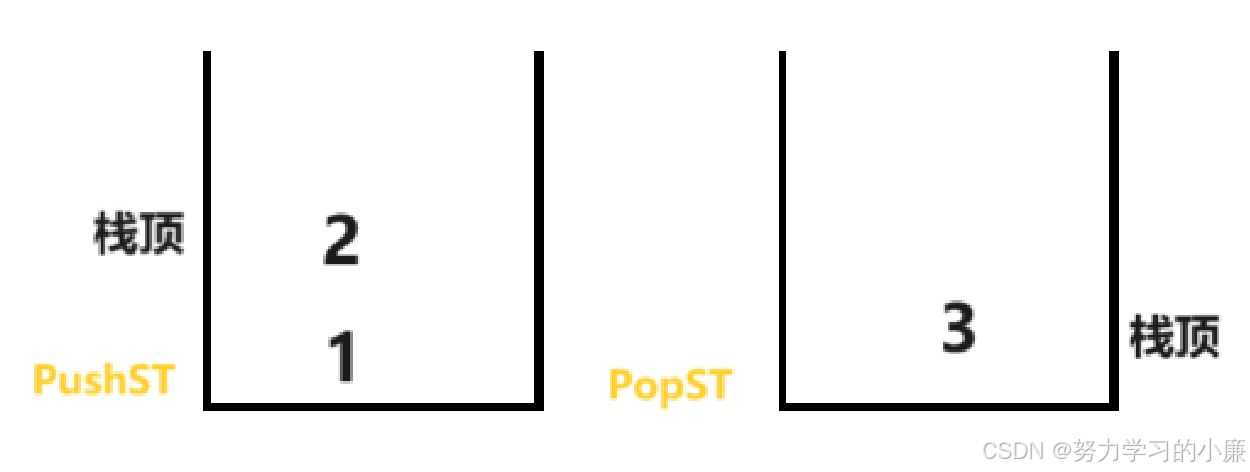

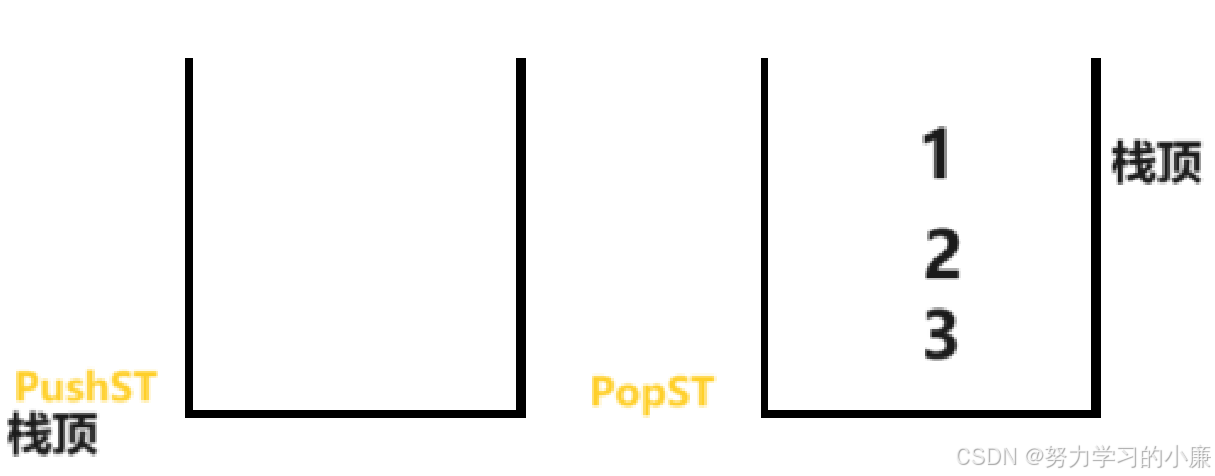
出栈;
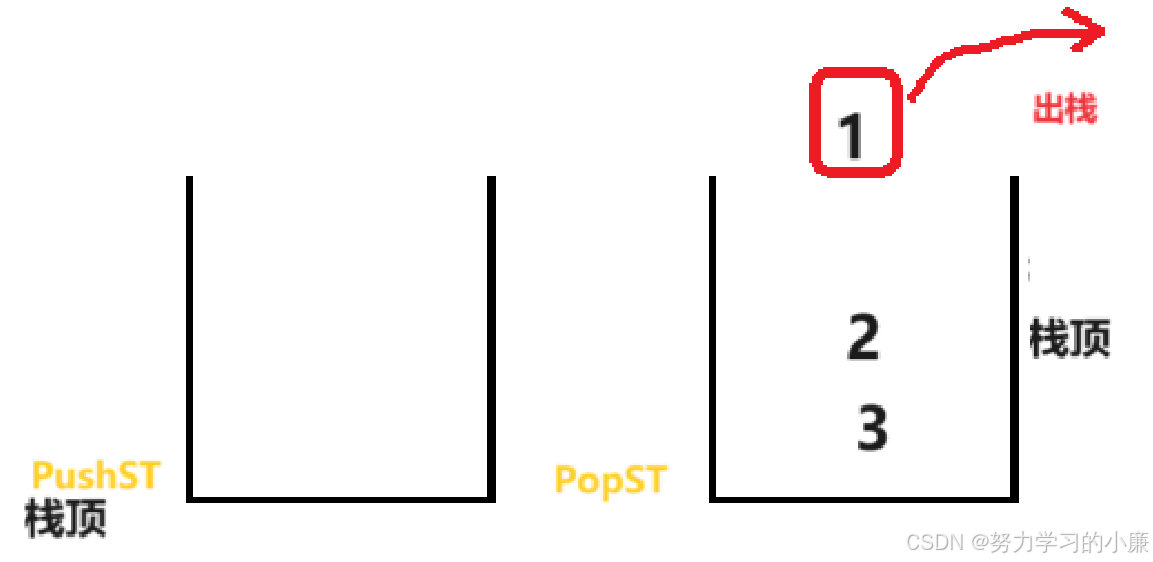
再插入数据4

取队头数据:

最后依次出队列
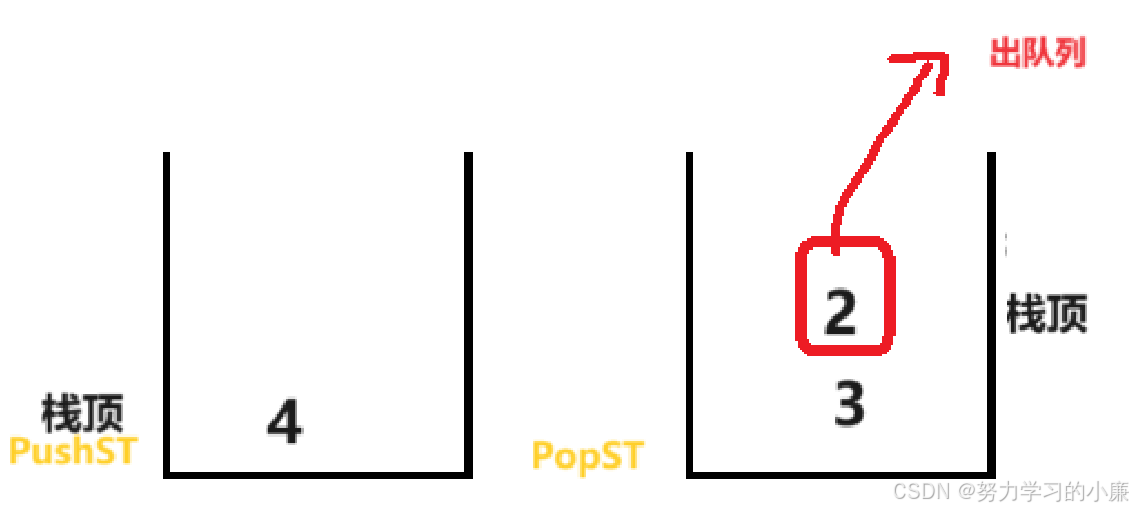
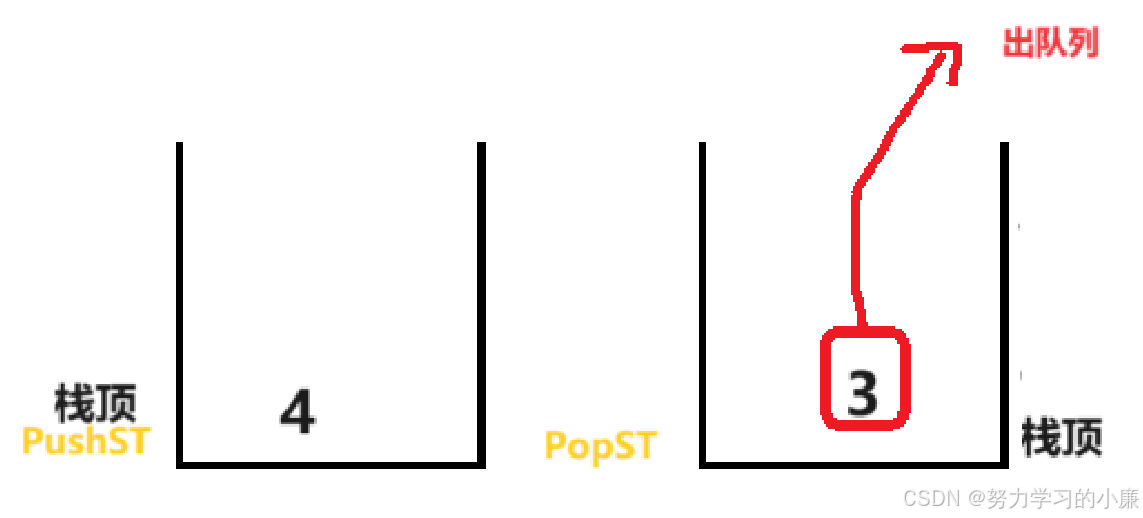
现在,popst栈为空,就要先将pushst中数据先导入到popst中。

再出队列

力扣题代码如下:
typedef int stype;
typedef struct stack
{
stype* arr;
int size; //栈顶
int num; //空间大小
}stack;
//初始化
void stinit(stack* ps)
{
assert(ps);
ps->arr = null;
ps->size = ps->num = 0;
}
//判断栈是否为空
bool stempty(stack* ps)
{
assert(ps);
return ps->size == 0;
}
//入栈
void stpush(stack* ps, stype x)
{
assert(ps);
//判断空间大小是否足够
if (ps->num <= ps->size)
{
int newnum = (ps->num == 0) ? 4 : ps->num * 2;
stype* tmp = (stype*)realloc(ps->arr, newnum * sizeof(stack));
if (tmp == null)
{
perror("realloc filed");
exit(1);
}
ps->arr = tmp;
ps->num = newnum;
}
ps->arr[ps->size++] = x;
}
//出栈
void stpop(stack* ps)
{
assert(ps); //不能传null
assert(!stempty(ps)); //栈不能为空
ps->size--;
}
//取栈顶数据
stype sttop(stack* ps)
{
return ps->arr[ps->size - 1];
}
//获取栈中数据个数
int stsize(stack* ps)
{
assert(ps);
return ps->size;
}
//栈的销毁
void stdestroy(stack* ps)
{
assert(ps);
if (ps->arr)
free(ps->arr);
ps->arr = null;
ps->size = ps->num = 0;
}
typedef struct {
stack s1;
stack s2;
} myqueue;
//初始化
myqueue* myqueuecreate() {
myqueue* queue=(myqueue*)malloc(sizeof(myqueue));
stinit(&queue->s1);
stinit(&queue->s2);
return queue;
}
//插入数据
void myqueuepush(myqueue* obj, int x) {
assert(obj);
stpush(&obj->s1, x);
}
int myqueuepop(myqueue* obj) {
assert(obj);
if(stempty(&obj->s2))
{
//把s1中数据导入到s2
while(!stempty(&obj->s1))
{
stpush(&obj->s2,sttop(&obj->s1));
stpop(&obj->s1);
}
}
int ret=sttop(&obj->s2);
stpop(&obj->s2);
return ret;
}
int myqueuepeek(myqueue* obj) {
if(stempty(&obj->s2))
{
//把s1中数据导入到s2
while(!stempty(&obj->s1))
{
stpush(&obj->s2,sttop(&obj->s1));
stpop(&obj->s1);
}
}
return sttop(&obj->s2);
}
bool myqueueempty(myqueue* obj) {
return (stempty(&obj->s1)) && (stempty(&obj->s2));
}
void myqueuefree(myqueue* obj) {
if(obj)
free(obj);
obj=null;
}四、设计循环队列
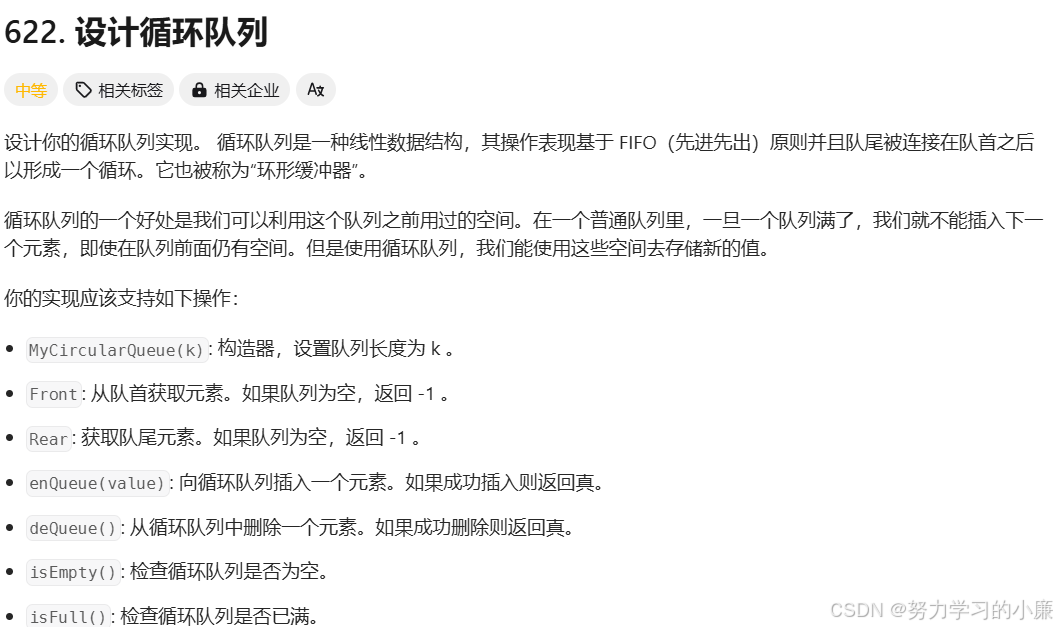
设计循环队列,这里使用数组来设计
这里会设计到的一些问题:
插入数据,如何判断空间是否满了?
这里多申请一个空间,便于判断空间是否满了

删除数据,如何去删?
这里,删除front指向的数据,就是队头数据
详细代码如下:
typedef struct {
int* arr;
int front;
int rear;
int num;
} mycircularqueue;
mycircularqueue* mycircularqueuecreate(int k) {
mycircularqueue* pq = (mycircularqueue*)malloc(sizeof(mycircularqueue));
pq->arr = malloc((k + 1) * sizeof(int));
pq->front = pq->rear = 0;
pq->num = k;
return pq;
}
bool mycircularqueueisempty(mycircularqueue* obj) {
return (obj->rear == obj->front);
}
bool mycircularqueueisfull(mycircularqueue* obj) {
return (obj->rear + 1) % (obj->num + 1) == obj->front;
}
bool mycircularqueueenqueue(mycircularqueue* obj, int value) {
if (mycircularqueueisfull(obj)) // 队列满了
{
return false;
}
// 插入数据
obj->arr[obj->rear++] = value;
obj->rear %= (obj->num + 1);
return true;
}
bool mycircularqueuedequeue(mycircularqueue* obj) {
if (mycircularqueueisempty(obj)) {
return false;
}
obj->front++;
obj->front %= (obj->num + 1);
return true;
}
int mycircularqueuefront(mycircularqueue* obj) {
if (mycircularqueueisempty(obj))
return -1;
return obj->arr[obj->front];
}
int mycircularqueuerear(mycircularqueue* obj) {
if (mycircularqueueisempty(obj))
return -1;
int ret=obj->rear-1;
if(obj->rear==0)
{
ret=obj->num;
}
return obj->arr[ret];
}
void mycircularqueuefree(mycircularqueue* obj) {
free(obj->arr);
free(obj);
obj = null;
}
感谢各位大佬支持并指出问题,
如果本篇内容对你有帮助,可以一键三连支持以下,感谢支持!!!


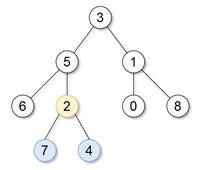


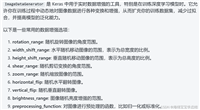

发表评论